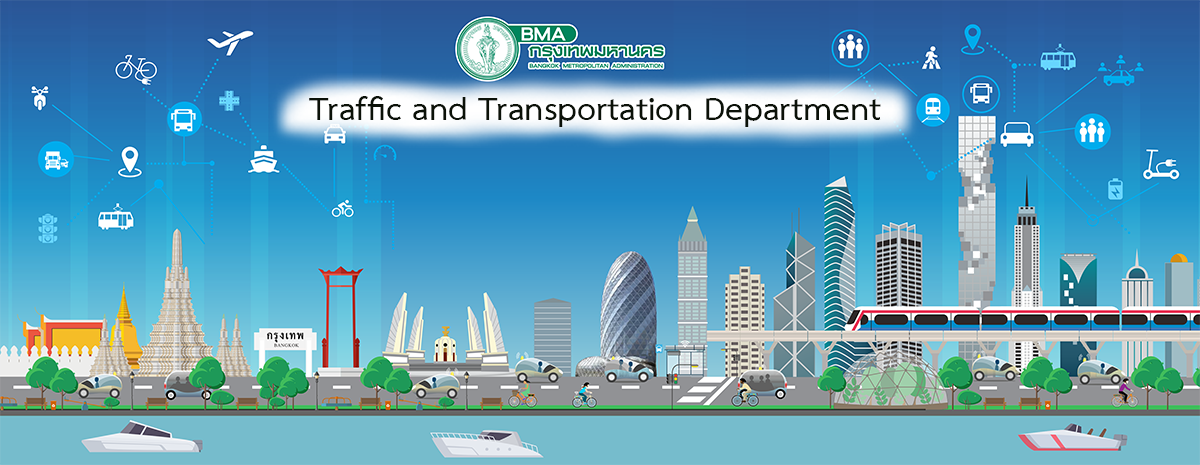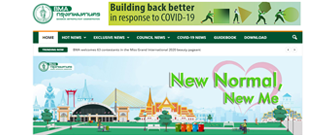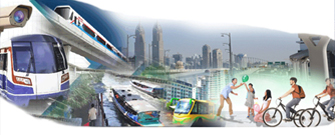
|
|
Bangkok Today | TH | EN | |||||||
|
|
|||||||||
History of the Traffic and Transportation Department |
 |
|
|||||||
 |
|
||||||||
|
|
|||||||||
|
|
|||||||||
|
|
|||||||||
|
|
|
|
|
|
|
|
|
|
|
The Traffic and Transportation Department has the following authorities: 1. Study, survey, gather information on traffic and transport and analyze the cause and solution for traffic issues and develop main and supplementary mass transit system projects. Design and analyze the feasibility of the road network to develop and solve traffic issues. Propose policies on the safety development and implementation plan. 2. Develop a Bangkok traffic master plan, form the department information technology development and implementation plan and develop a traffic and transportation computer program. 3. Study, analyze, determine and improve the traffic engineering and road equipment standard as well as manage the traffic and transportation in Bangkok. 4. Survey, design and estimate for installation, dismantling, moving and maintenance of traffic signs, traffic engineering equipment, traffic lights and safety equipment. Provide facility to help the disabled and elderly as well as provide bicycle lanes and bicycle parking spots. 5. Study, survey, design, install, inspect and develop a traffic and safety information technology, communication network system, closed-circuit television (CCTV), Intelligent Transport System (ITS) and people’s lives and asset safety with advanced technology. 6. Be the central control of communication by optic fiber cable, CCTV and digital trunked radio system in Bangkok for the safety and convenience of transportation and to be the center of coordination with related sectors. 7. Develop and maintain CCTV and communication network of Bangkok in managing, implementing and servicing the people as well as propagating through various media. 9. Study, analyze, specify service standard and plan out Bangkok mass transit system on railway, road and water transportation. 10. Study and analyze the feasibility in managing, developing, improving and modifying the road, rail and water transportation revenue to be sufficient for the operation. As well as to gain income by giving rights or employing or any other means of obtaining revenue which will not affect people’s convenience and safety in transportation. 11. Publicize and provide information on traffic and transportation and other related information through online media. Urge traffic discipline. Develop and publicize discipline in traffic to both the adolescents and the people. 12. Perform other related or assigned duties. |
The Secretarial Division |
 Copyright : Traffic and Transportation Department 47 Mit Maitri Road, Dindaeng Bangkok 10400 email : saraban.ttd@bangkok.go.th bmatraffic@gmail.com |